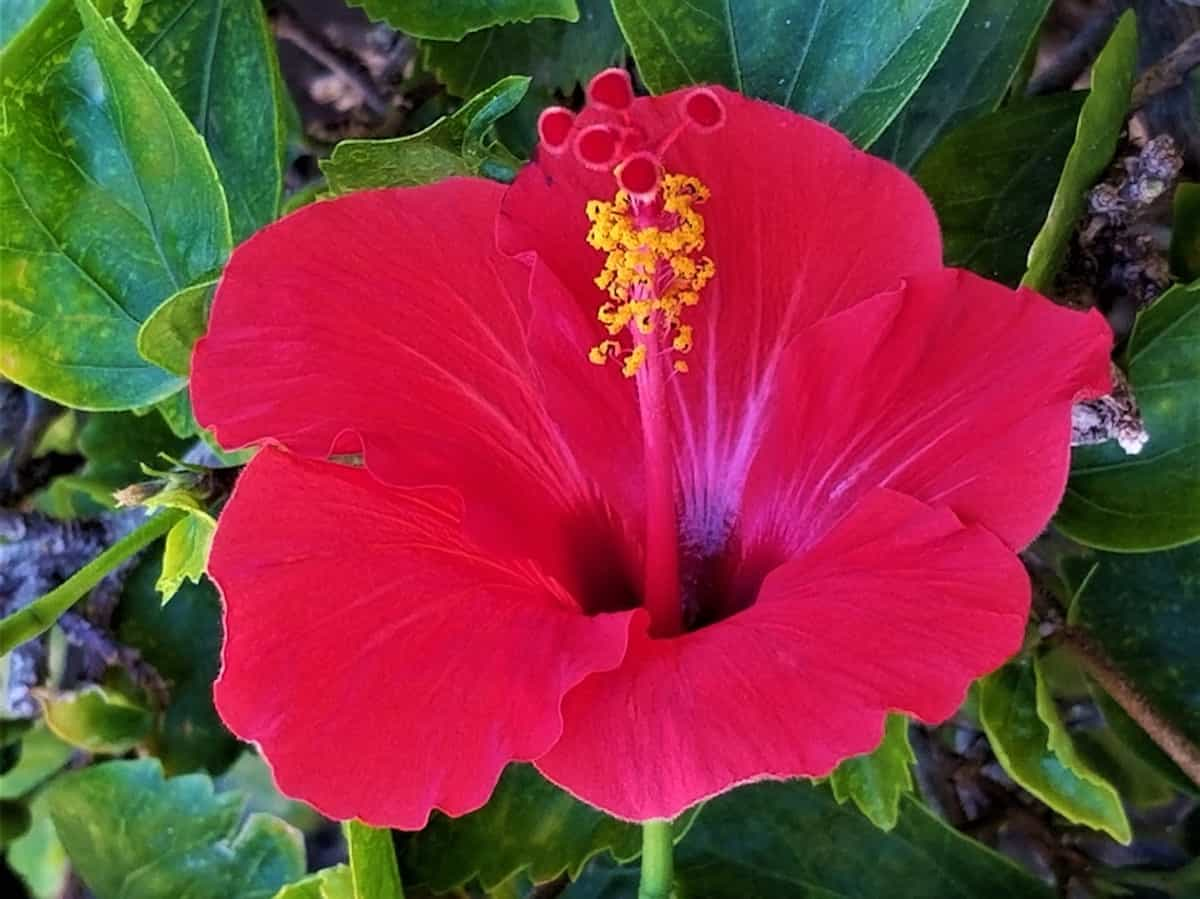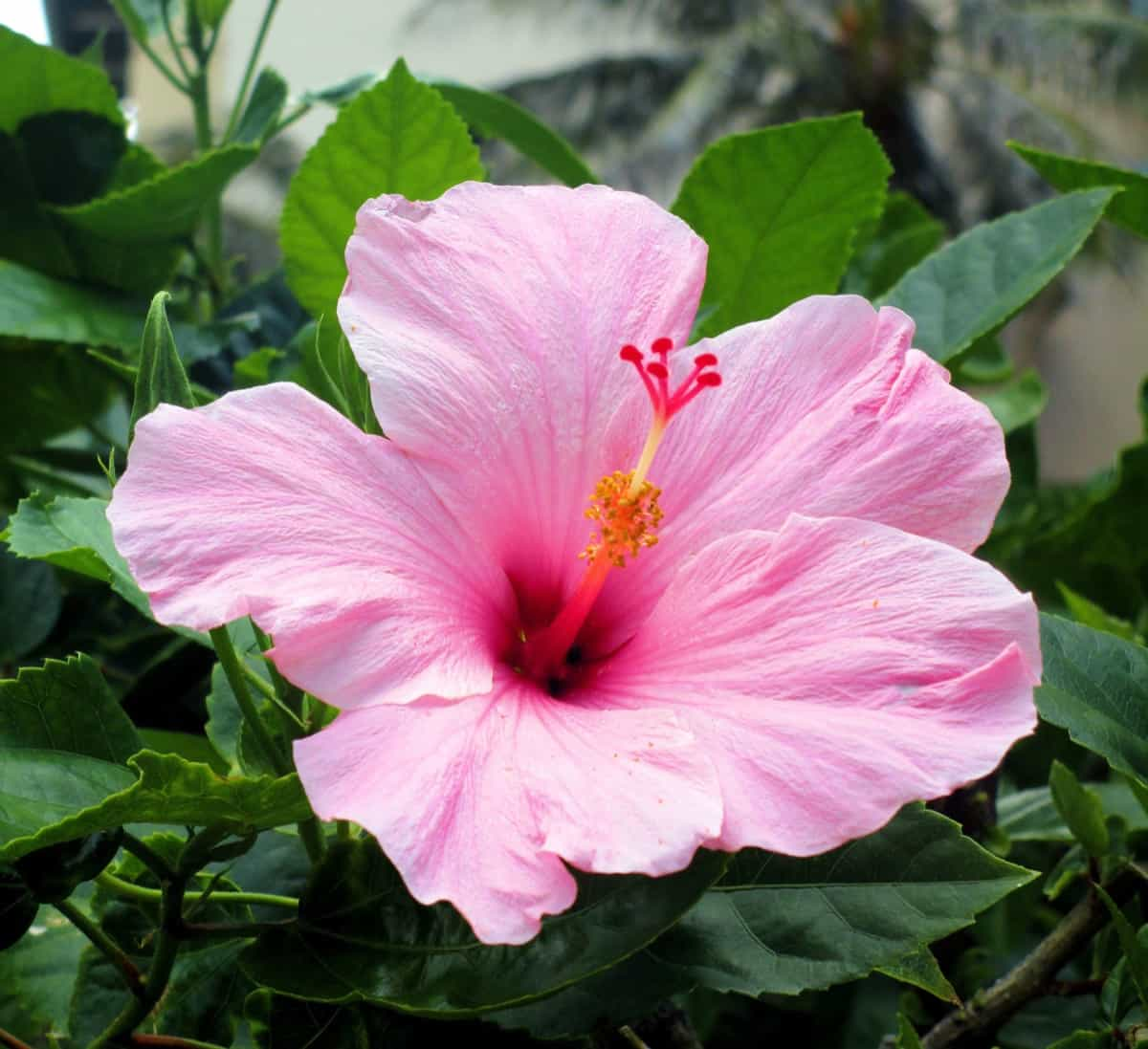Hibiscus flowers have captivated gardeners and flower enthusiasts for centuries with their vibrant petals and stunning beauty. Pollinating Hibiscus flowers is a crucial step in ensuring their successful reproduction and the production of vibrant blooms. Whether you hand pollinate or rely on natural methods, each technique has benefits and drawbacks.

When deciding which technique to use for your Hibiscus pollination efforts, consider factors such as your goals (breeding new varieties or simply facilitating bloom production), available time and resources, as well as your level of experience.
How to Pollinate Hibiscus Flowers
Best Time to Pollinate Hibiscus Flowers
When it comes to pollinating Hibiscus flowers, timing is everything. Choosing the best pollination time can greatly increase the chances of successful fertilization and a bountiful bloom. It is best to begin hand pollination in late spring or early summer for tropical Hibiscus varieties, which include the vibrant and showy blooms commonly found in gardens.
This is when these plants actively produce new growth, and their flowers peak. Is hibiscus self-pollinated or cross pollinated? Both self-pollination and cross pollination have their merits for hibiscus plants. While self-pollinating ensures genetic stability within an individual plant population, cross-pollinating introduces valuable genetic variation that enhances resilience and productivity.
How to Hand Pollinate Hibiscus Flowers
Hand pollination is a simple yet effective method to ensure successful fertilization of Hibiscus flowers. By manually transferring pollen from one flower’s stamen to another’s stigma, you can increase your chances of getting healthy seeds and vibrant blooms. How do you pollinate Hibiscus by hand? To begin hand-pollinating Hibiscus flowers, select mature and healthy blossoms.
Look for flowers that have just opened or are about to open, as they will have fresh and viable pollen. Gently remove the petals surrounding the flower’s reproductive parts, exposing the stamens (male) and the stigma (female). Carefully collect pollen from one flower’s stamen using a small brush or cotton swab. Tap gently on each anther to gather enough pollen before moving on to the next step. Then, transfer this collected pollen onto another flower’s stigma by gently brushing it against it.
Natural Methods for Pollinating Hibiscus Flowers
Is Hibiscus wind or insect pollinated? Attracting native bees and other pollinators to your garden is crucial. These busy little creatures are experts at transferring pollen from one flower to another. Planting bee-friendly flowers such as Lavender or Sunflowers near your Hibiscus plants will help draw them in. Another natural method is wind pollination. Hibiscus flowers have delicate stamens that release pollen when gently shaken by the breeze. To encourage this type of pollination, avoid using excessive fans or air conditioning units near your plants.
In case you missed it: How to Grow and Care for Hibiscus Bonsai: Planting, Pruning, and Repotting

You can also mimic the actions of certain insects that naturally visit Hibiscus flowers for nectar and inadvertently transfer pollen in the process. Tapping on the flower petals or lightly brushing them with a soft paintbrush can simulate this activity. Remember, while these natural methods may be effective, they may only sometimes guarantee successful cross pollination. If you’re looking for more control over the process or if your Hibiscus plant needs to attract more pollinators naturally, hand-pollination may be necessary.
Step-by-step Guide to Pollinating Hibiscus Flowers
First, identify the male and female parts of the Hibiscus flower. The male part, the stamen, contains pollen grains that need to be transferred to the female part, known as the stigma. To begin hand pollination, gently remove a mature anther from a fully open flower using tweezers or fingers. Carefully dab the collected pollen onto the sticky surface of the stigma. Be cautious not to damage or break it off during this process.
For natural pollination methods in Hibiscus flowers, allow bees and other beneficial insects to access your garden by planting nectar-rich companion plants nearby. These insects will naturally transfer pollen from one flower to another as they forage for food. Remember that timing is crucial when it comes to hand or natural pollination. Perform these tasks early in the day before temperatures rise too high or during cooler weather conditions when insects are more active.
Tools and Techniques for Pollinating Hibiscus Flowers
You’ll need a few essential tools and techniques to pollinate Hibiscus flowers effectively. First, have a small paintbrush or cotton swab on hand. These handy tools will safely transfer pollen from one flower to another. When using a paintbrush, gently brush the stamen of a mature flower to collect the pollen onto the bristles.
Then, carefully touch the brush to the stigma of another flower, evenly distributing the pollen. For larger-scale pollination efforts, consider using an electric toothbrush at low speed. Gently touch it against the stamen of each flower to shake loose any trapped pollen. Remember that cleanliness is crucial when pollinating Hibiscus flowers. Ensure your tools are clean before each use to avoid contamination between different plants or varieties.
In case you missed it: Frequently Asked Questions About Growing Hibiscus

Common Mistakes to Avoid When Pollinating Hibiscus Flowers
Successfully pollinating Hibiscus flowers can be a rewarding experience, but it’s important to avoid common mistakes that can hinder the process. One mistake many gardeners make is attempting to pollinate Hibiscus flowers too early or too late in the day. The ideal time for hand pollination is mid-morning when the blooms are fully open and receptive.
Being gentle is crucial when hand pollinating Hibiscus flowers. Roughly touching or shaking the flower can cause damage or even break off essential reproductive parts like stigmas and anthers. Cleanliness plays a significant role in successful hand pollination.
Tips for Successful Pollination of Hibiscus Flowers
When hand pollinating Hibiscus flowers, it’s important to be gentle and avoid damaging the delicate petals or pistils. A light touch is all you need to transfer pollen effectively. Hibiscus plants thrive in humid environments, so maintaining proper humidity levels can greatly increase successful pollination rates. Consider using a humidifier if necessary. Hibiscus flowers require ample sunlight for healthy growth and development.
Ensure your plants receive at least 6 hours of direct sunlight daily. Overwatering can lead to root rot and hinder successful pollination efforts in Hibiscus plants. Water your plants sparingly, allowing the soil to dry out slightly between waterings. Natural pollination methods rely on insects like bees and butterflies visiting your garden. Create an inviting environment by planting bee-friendly flowers nearby or providing shallow water sources for them.
In case you missed it: 8 Causes of Dying Hibiscus Plants and How to Fix Them?

Conclusion
Successfully pollinating Hibiscus flowers is a rewarding experience that can lead to vibrant blooms and abundant fruit. Whether you employ hand pollination techniques or rely on natural pollinators, the key is understanding the process and ensuring proper fertilization. Keep in mind that Hibiscus flowers are delicate and require gentle handling during the pollination process. Patience is essential as it may take several attempts before achieving success. With practice and dedication, you will soon become proficient at ensuring a bountiful harvest of stunning Hibiscus blossoms.
- Feed Your Flock for Less: Top 10 Tips to Save on Chicken Feed
- Ultimate Guide to Ossabaw Island Hog: Breeding, Raising, Diet, and Care
- Hatching Answers: The Top 10 Reasons Your Chickens Aren’t Laying Eggs
- Eggs and Economics: Breaking Down the Cost of Raising Backyard Chickens
- Defend Your Greens: Proven Methods to Keep Iguanas Out of Your Garden
- Ultimate Guide to Cinnamon Queen Chicken: A Comprehensive Guide for Beginners
- Ultimate Guide to California Tan Chicken: Breeding, Raising, Diet, Egg-Production and Care
- Ultimate Guide to Marsh Daisy Chicken: Breeding, Raising, Diet, and Care
- 10 Types of Chicken Farming Businesses You Can Start for Profits